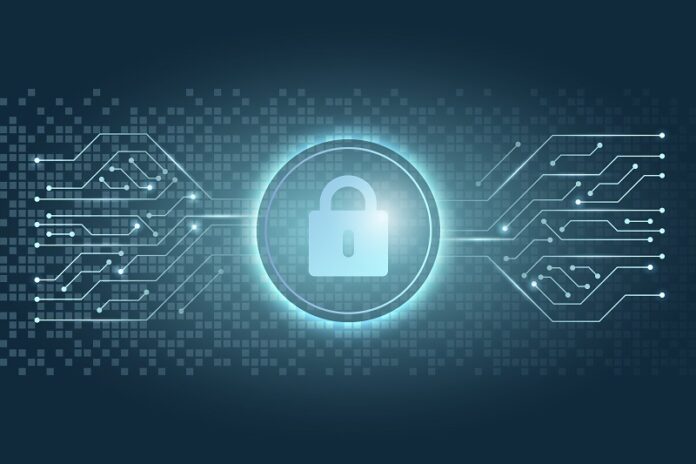An Overview of Bots in the Digital Ecosystem
In today’s digital age, automated software agents, colloquially known as ‘bots,’ have become integral to the functionality of the internet. Acting as the modern-day workhorses of the World Wide Web, bots execute a range of automatic tasks quickly and precisely. From assisting with customer inquiries to driving e-commerce operations, bots operate behind the scenes, enhancing user experience and efficiency. However, not all bots are created with benevolent purposes; some are designed to exploit, steal, and wreak havoc online. A fundamental understanding of bots’ diverse roles in cyberinfrastructure is crucial, particularly when considering how a bot can affect cybersecurity landscapes.
While bots are often associated with negative headlines and online threats, they also perform numerous beneficial tasks that many users take for granted. From search engine bots that help index and rank websites to improve search results to chatbots that offer instant customer support across countless platforms, bots undeniably improve and streamline online interactions. Despite these upsides, threat actors create malicious bots with startling proficiency, adapting and evolving these tools to challenge even the most robust cybersecurity defenses.
Types of Bots and Their Functions
Not all bots are forged with the same digital DNA. A significant dichotomy between ‘good’ and ‘bad’ bots is contingent upon their programmed objectives. Benevolent bots carry out virtuous tasks that can vastly improve productivity. These range from web crawlers that aid search engines in organizing vast amounts of information to automated assistants in smart devices that help manage day-to-day tasks. In social media, bots can automate posting schedules, increase user engagement, and even filter out spam and harmful content, underscoring bots’ versatility and potential positive impact on our digital experiences.
Conversely, the shadowy corners of cyberspace are rife with malicious bots. These digital malefactors are engineered to execute a spectrum of cybercrimes, such as large-scale data breaches, relentless spam campaigns, and high-frequency trading manipulations. Doorways to the digital underworld, malicious botnets can harness the collective power of infected computers, turning them into unwitting participants in cyber assaults. Predatory in nature, these ‘bad bots’ often target vulnerable systems for exploitation, emphasizing the importance of understanding different bot typologies and their implications within the broader scope of digital security and ethics.
Challenges Posed by Malicious Bots
The nefarious activities of malevolent bots present a formidable array of challenges to individuals, businesses, and the fabric of internet security. Malicious bots can mimic human behaviors, infiltrate networks, propagate misinformation, and siphon sensitive data. This toolbox of deceit and deception proves highly effective for perpetrating identity theft, disrupting digital services, and even swaying public opinion through manipulating online platforms. The sophistication of these malicious bots has escalated to the point where they can effectively participate in complex coordinated attacks, overwhelming systems, and services with meticulously crafted cyber onslaughts.
One of the most feared constructs in the cybercriminal arsenal is the botnet, a network of compromised computers controlled by a central entity, often utilized for executing large-scale DDoS attacks or mass email spamming. Botnets are pernicious, providing cybercriminals with a powerful platform to launch attacks that can debilitate critical infrastructure and plunder vast amounts of classified data. As botnet designs become more elegant and harder to detect, they underscore the ongoing cat-and-mouse game between cyber attackers and defenders. Establishing robust defense mechanisms against such sprawling digital threats continues to dominate the agendas of cybersecurity experts worldwide.
Bot Detection and Management Strategies
Detecting the presence and activity of bots is critical to maintaining a secure online environment. Many organizations employ advanced bot detection mechanisms to distinguish between genuine users and bots masquerading as humans. Employing sophisticated algorithms, cybersecurity specialists analyze patterns of web traffic and user behaviors to pinpoint irregularities that could indicate bot interference. Deploying strategies that range from requiring trivial interactions for humans but burdensome for bots, such as CAPTCHA challenges, to leveraging cutting-edge artificial intelligence models, these detection systems are crucial in filtering out the automated noise from genuine human signals.
Management of bot activity extends beyond detection; it involves a multi-faceted approach of preparation, prevention, and response. Educating employees about the risks posed by bots and strengthening internal protocols are preventative measures that cannot be overstated. Meanwhile, tech teams vigilantly monitor network traffic, using comprehensive cybersecurity software to identify potential breaches early. Effective bot management merges the strengths of technology and human oversight, creating layers of defenses to secure digital assets from automated attacks while ensuring compliance with regulatory standards and preserving user trust.
Legal and Ethical Considerations
In the swiftly evolving nexus of technology and law, the regulation of bot activity represents a complex challenge. The anonymity and scalability of bots offer the perfect cover for cybercriminal activities. Still, they also raise intricate questions concerning privacy and intellectual property rights. Legislators are called upon to strike delicate balances, crafting laws that prevent the misuse of bots without stifling innovation or infringing on digital freedoms. While some regulatory frameworks have started to define the bounds of acceptable bot behavior, a comprehensive legal understanding remains a work in progress, attracting intense scrutiny and debate from policymakers, privacy advocates, and industry leaders.
At the heart of the discourse surrounding the ethical use of bots are concerns regarding transparency, accountability, and the potential for abuse. The implications of deploying bots that can interact with humans seamlessly—a practice that raises concerns about deception and consent—are hotly contested in public forums and the courts. As advancements in bot technology blur the lines between automation and autonomy, ethical considerations will invariably shape the societal norms that govern our increasingly digital interactions.
Future Trends in Bot Technology
Looking to the horizon, the continued innovation in bot technology is anticipated to have profound implications for cybersecurity. As artificial intelligence advances, bots will likely exhibit increasingly sophisticated and indistinguishable behaviors from human users. This trajectory predicts a landscape where bots automate tasks and evolve to make decisions, learn from their interactions, and operate with greater autonomy. These advancements promise to streamline operations and provide personalized experiences. Still, they also open up new vulnerabilities that threat actors could exploit.
The cybersecurity industry, therefore, must remain ahead of the curve, anticipating how bot use will transform and what measures will be necessary to secure digital ecosystems against more intelligent forms of malicious software. This ongoing technological arms race ensures that cybersecurity efforts must be dynamic and adaptable, as combatting bot threats will require constant refinement of tactics and tools.












